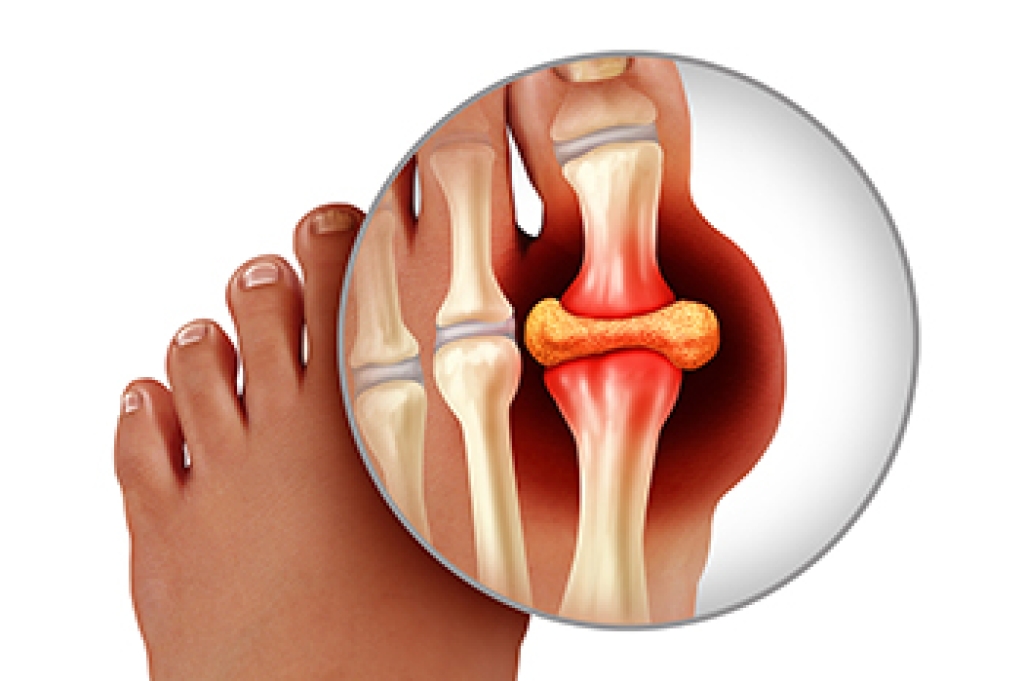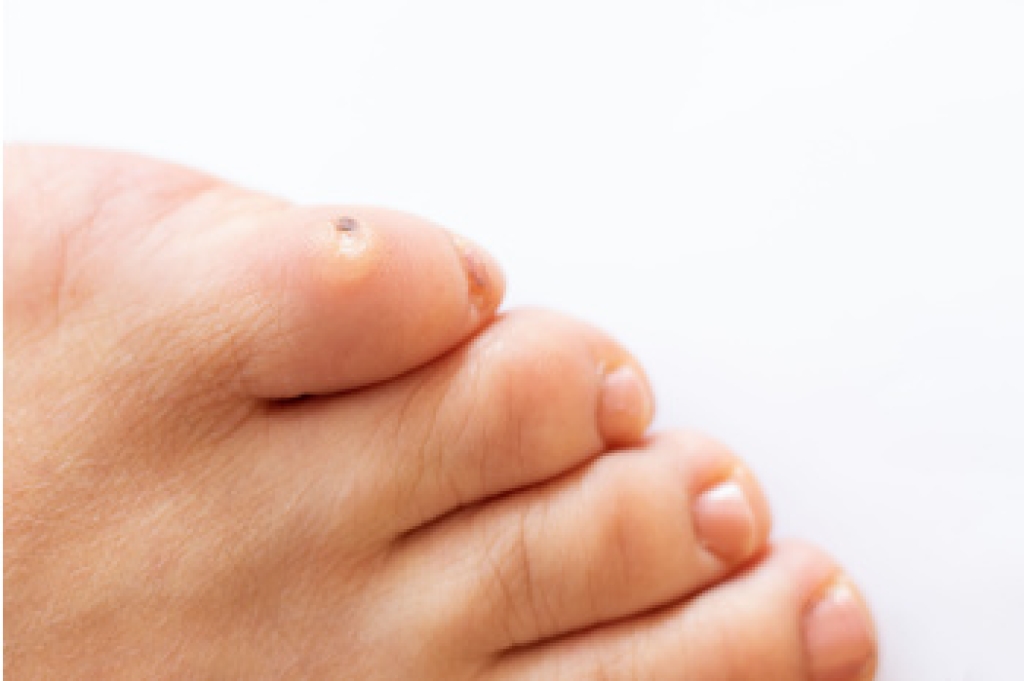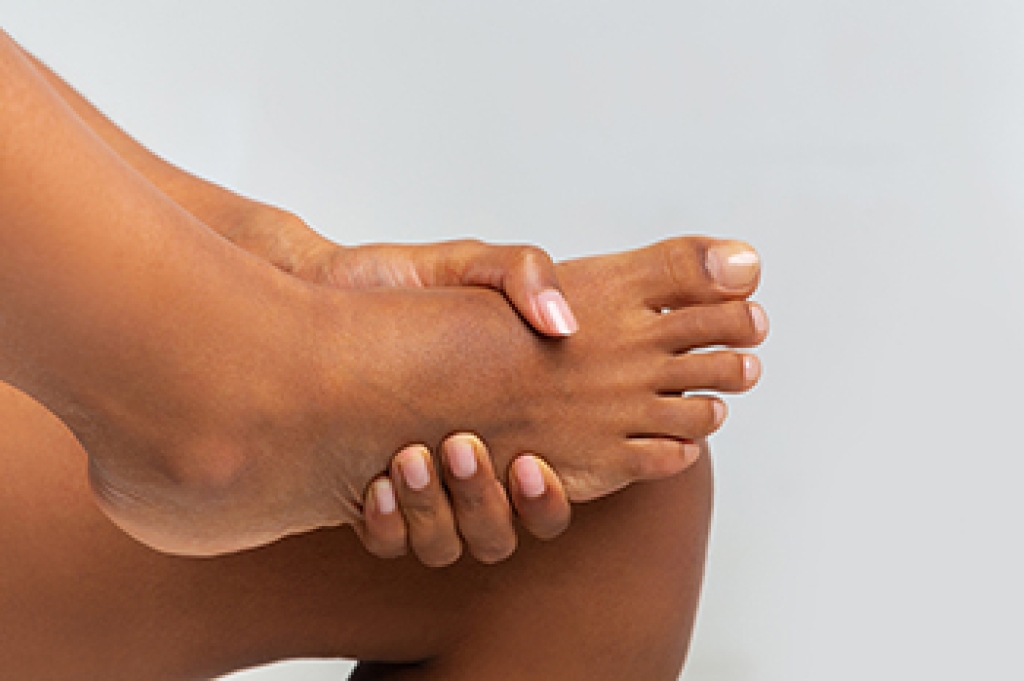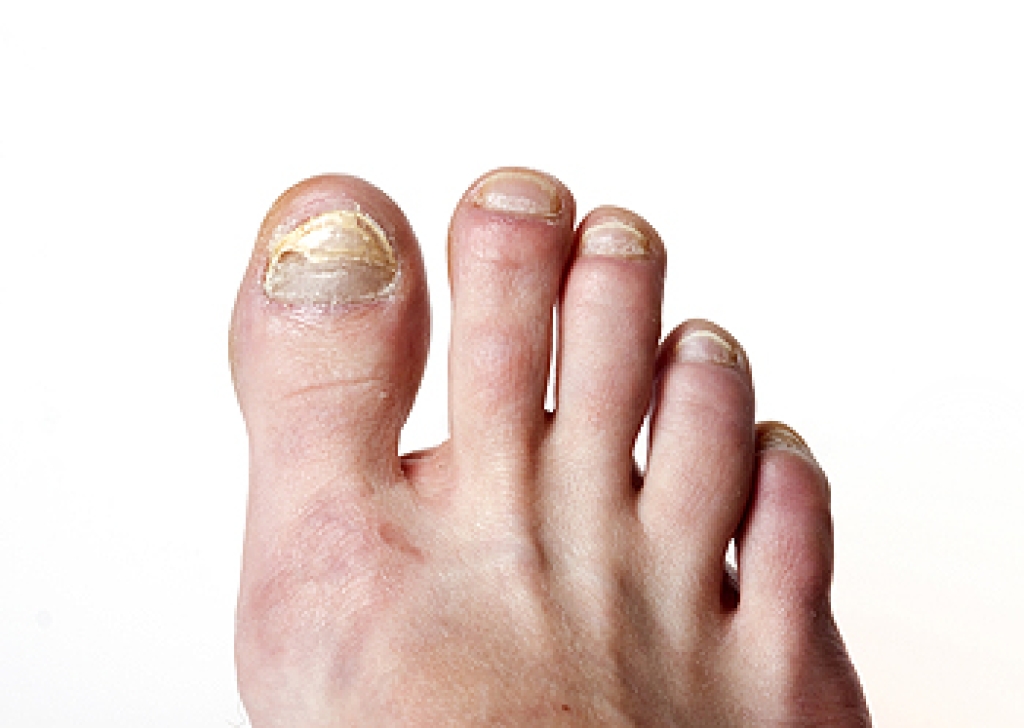
Gout is a painful form of inflammatory arthritis that occurs when uric acid crystals build up in a joint, most often the big toe. This condition can develop due to high uric acid levels, certain foods, dehydration, or underlying medical issues. Risk factors include family history, obesity, kidney disease, and diets high in red meat or alcohol. Symptoms often include sudden sharp pain, redness, swelling, and warmth in the affected joint. A podiatrist can diagnose gout, provide relief through targeted treatment, and recommend lifestyle changes to reduce flare ups. If your big toe and surrounding areas are causing you pain, it is suggested that you promptly consult a podiatrist who can accurately diagnose gout, and help you to manage this painful condition.
Gout is a foot condition that requires certain treatment and care. If you are seeking treatment, contact one of our podiatrists from Carolina Foot & Ankle Specialists. Our doctors will treat your foot and ankle needs.
What Is Gout?
Gout is a type of arthritis caused by a buildup of uric acid in the bloodstream. It often develops in the foot, especially the big toe area, although it can manifest in other parts of the body as well. Gout can make walking and standing very painful and is especially common in diabetics and the obese.
People typically get gout because of a poor diet. Genetic predisposition is also a factor. The children of parents who have had gout frequently have a chance of developing it themselves.
Gout can easily be identified by redness and inflammation of the big toe and the surrounding areas of the foot. Other symptoms include extreme fatigue, joint pain, and running high fevers. Sometimes corticosteroid drugs can be prescribed to treat gout, but the best way to combat this disease is to get more exercise and eat a better diet.
If you have any questions, please feel free to contact our offices located in Mount Pleasant and Charleston, SC . We offer the newest diagnostic and treatment technologies for all your foot care needs.






